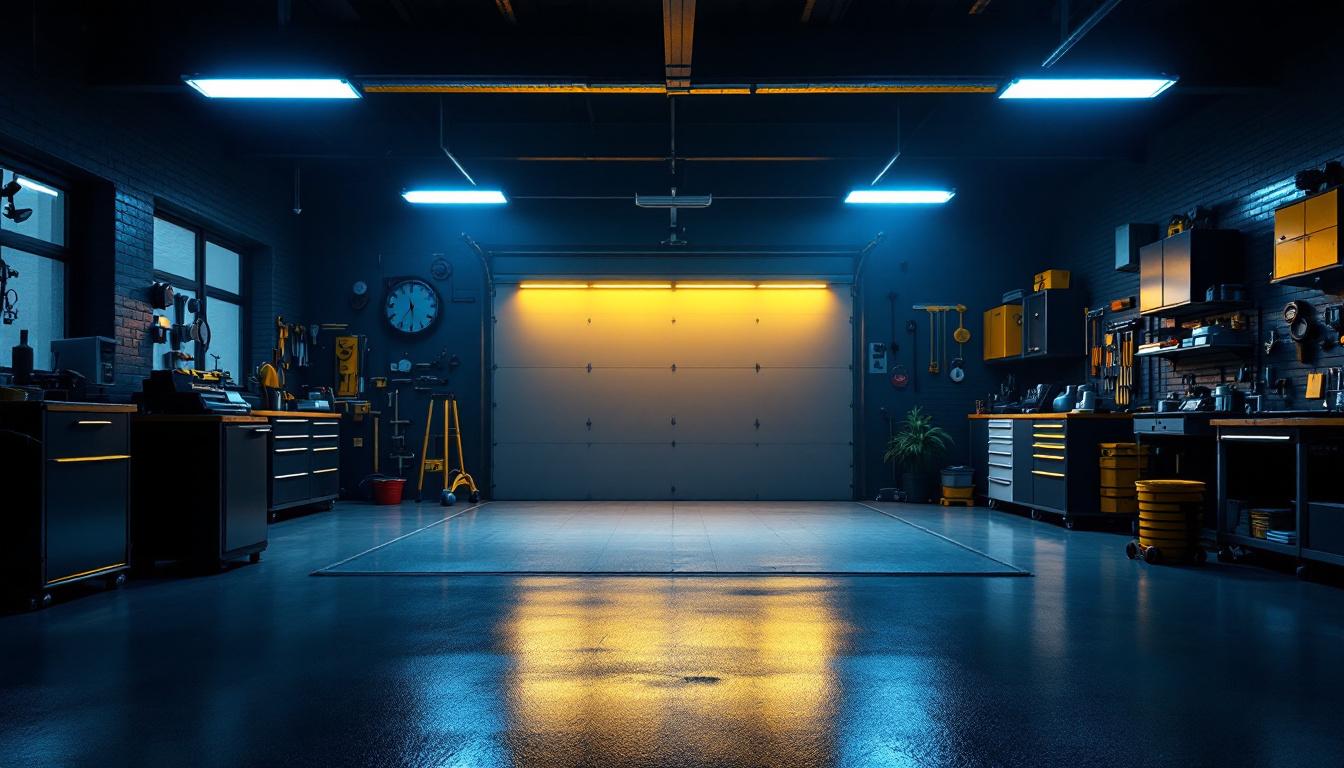
As the demand for energy-efficient and aesthetically pleasing lighting solutions continues to rise, lighting contractors are often faced with various inquiries regarding fan prices. Understanding the factors that influence these prices can empower contractors to make informed decisions, ultimately benefiting their clients. This article aims to address some of the most common questions surrounding fan prices, providing clarity and insight into this essential aspect of the lighting industry.
Fan pricing can vary significantly based on several factors, including brand, design, functionality, and installation requirements. For lighting contractors, having a comprehensive understanding of these elements is crucial for effective project planning and client consultations.
One of the primary factors influencing fan prices is the brand. Established brands often come with a higher price tag due to their reputation for quality and reliability. These brands typically invest in research and development, ensuring their products meet industry standards and customer expectations. As a contractor, recommending reputable brands can enhance your credibility and lead to satisfied clients.
However, it is essential to balance brand preference with budget considerations. Some lesser-known brands may offer competitive pricing without compromising quality. Conducting thorough research and comparing product reviews can help contractors identify cost-effective options that still meet client needs. Additionally, exploring warranty options and customer service ratings can provide further insights into the long-term value of a brand, ensuring that clients feel secure in their investment.
The design of a fan plays a significant role in its pricing. Fans come in various styles, from traditional to modern, and the choice of materials can further impact costs. For instance, fans made from high-quality wood or metal are often priced higher than those made from plastic. Additionally, decorative features such as integrated lighting or unique blade designs can increase the overall price.
Contractors should consider the aesthetic preferences of their clients when recommending fan designs. A well-chosen fan can complement the overall decor of a space, enhancing its appeal and functionality. Understanding the design trends in the market can also help contractors provide valuable insights to clients, guiding them toward options that align with their vision. Furthermore, the ability to customize certain aspects of a fan, such as color or finish, can also affect pricing and should be discussed with clients to ensure their tastes and preferences are met.
Modern fans often come equipped with advanced features that can influence their pricing. Options such as remote controls, smart home integration, and energy-efficient motors can add to the overall cost. While these features can enhance user convenience and energy savings, they may not always be necessary for every project.
Lighting contractors should assess the specific needs of their clients before recommending high-end features. For instance, in a residential setting, a basic fan may suffice, while commercial projects might benefit from more advanced functionalities. Understanding the intended use of the fan can help contractors provide tailored recommendations that align with budget constraints. Additionally, educating clients about the long-term benefits of energy-efficient models can lead to cost savings over time, making them a worthwhile investment despite the initial higher price point. By discussing the potential for reduced energy bills and increased comfort levels, contractors can help clients make informed decisions that align with both their immediate and future needs.
Another crucial aspect of fan pricing is the installation cost. While the price of the fan itself is a significant factor, contractors must also consider the expenses associated with installation, which can vary based on the complexity of the project.
Labor costs can significantly impact the overall pricing of fan installation. The complexity of the installation process, the location of the fan, and the experience level of the contractor can all influence labor rates. For instance, installing a fan in a high ceiling may require additional equipment and safety measures, leading to higher labor costs.
Contractors should provide clients with a clear breakdown of labor costs, helping them understand the value of professional installation. Additionally, offering clients options for different installation scenarios can empower them to make informed decisions based on their budget and preferences. It’s also worth noting that some contractors may offer package deals that include both the fan and installation, which can be an attractive option for homeowners looking to streamline their purchasing process.
Before installing a fan, it is essential to assess the electrical and structural requirements of the space. In some cases, additional electrical work may be necessary to accommodate the fan, especially if it includes integrated lighting or smart features. This can lead to increased costs, which contractors should communicate to clients upfront.
Furthermore, the structural integrity of the mounting location must be evaluated. Ensuring that the ceiling can support the weight and movement of the fan is crucial for safety and functionality. Contractors should be prepared to address any necessary modifications to the structure, which can also impact overall pricing. In older homes, for example, it may be necessary to reinforce the ceiling joists or install a brace to ensure that the fan is securely mounted. This additional work not only adds to the cost but also enhances the safety and longevity of the installation, providing peace of mind for the homeowner.
Moreover, it’s important to consider the type of ceiling where the fan will be installed. Sloped ceilings may require specialized mounting kits or additional adjustments to ensure optimal performance and aesthetics. Contractors should be well-versed in the various mounting options available, such as flush mounts for low ceilings or downrods for taller spaces, to provide tailored solutions that meet the specific needs of each client.
Energy efficiency is a significant consideration for both contractors and clients. While energy-efficient fans may come with a higher upfront cost, they often lead to long-term savings on energy bills. Understanding the benefits of energy-efficient fans can help contractors make compelling arguments to clients who may be hesitant about the initial investment.
Many fans come with energy ratings that indicate their efficiency levels. These ratings can help contractors and clients compare options effectively. Fans with higher energy efficiency ratings typically consume less electricity, resulting in lower energy costs over time.
Contractors should educate clients about the importance of energy ratings and how they can impact long-term savings. Providing examples of energy-efficient fans and their potential cost savings can help clients appreciate the value of investing in quality products.
In addition to financial savings, many clients are increasingly concerned about the environmental impact of their choices. Energy-efficient fans contribute to reduced energy consumption, which can help decrease carbon footprints. By highlighting the environmental benefits of energy-efficient options, contractors can appeal to eco-conscious clients and position themselves as responsible professionals in the industry.
Several misconceptions surround fan prices that can lead to confusion among contractors and clients alike. Addressing these misconceptions can help clarify expectations and facilitate smoother transactions.
While it is true that many high-priced fans offer superior quality and features, this is not a universal rule. Some mid-range fans can provide excellent performance and durability without the premium price tag. Contractors should be cautious about assuming that higher prices always correlate with better quality. Instead, evaluating the specifications and reviews of various products can lead to more informed recommendations.
Another common misconception is that all fans serve the same purpose and function. In reality, fans vary significantly in design, size, and functionality. For instance, a ceiling fan designed for outdoor use may have different features than one intended for indoor spaces. Contractors should educate clients about the differences between fan types and help them choose the right option for their specific needs.
Effective communication is key when discussing fan prices with clients. Here are some tips for lighting contractors to ensure productive conversations:
Transparency is essential when discussing costs with clients. Providing a detailed breakdown of fan prices, installation costs, and any additional expenses can help build trust and prevent misunderstandings. Clients appreciate knowing what they are paying for and why.
Presenting clients with multiple fan options at different price points can empower them to make informed decisions. By showcasing a range of products, contractors can accommodate various budgets while still meeting client needs. This approach also allows clients to weigh the pros and cons of each option, fostering a collaborative decision-making process.
Instead of focusing solely on price, contractors should emphasize the value that quality fans bring to a project. Discussing the long-term benefits, energy savings, and aesthetic appeal of higher-quality fans can help clients understand the rationale behind the investment. By framing the conversation around value, contractors can guide clients toward making choices that align with their goals.
Understanding fan prices is crucial for lighting contractors looking to provide exceptional service to their clients. By addressing common questions and misconceptions, contractors can navigate the complexities of fan pricing with confidence. From brand reputation and design choices to installation costs and energy efficiency, each factor plays a vital role in shaping client decisions.
By fostering open communication, offering multiple options, and emphasizing value, contractors can build strong relationships with their clients and ensure successful project outcomes. As the lighting industry continues to evolve, staying informed about fan pricing trends will empower contractors to thrive in a competitive market.
Ready to offer your clients the best in fan pricing and quality? Look no further than LumenWholesale, where we specialize in providing lighting contractors with spec-grade lighting products at exceptional wholesale prices. Say goodbye to local distributor markups and hello to a vast selection of reliable, high-performance fans that meet the highest industry standards. With LumenWholesale, bulk buying is a breeze, thanks to our free shipping policy, ensuring you get premium products at the best value without any hidden fees. Elevate your lighting projects with the perfect combination of quality, affordability, and convenience. Wholesale Lighting at the Best Value is just a click away.

Discover how bright garage lighting can transform your space while boosting energy efficiency.

Discover the essential steps and compliance guidelines for installing fluorescent lighting.

Discover how eight-foot fluorescent light fixtures can significantly cut costs for lighting contractors.

Discover the comprehensive guide to solar powered lights tailored for lighting contractors.